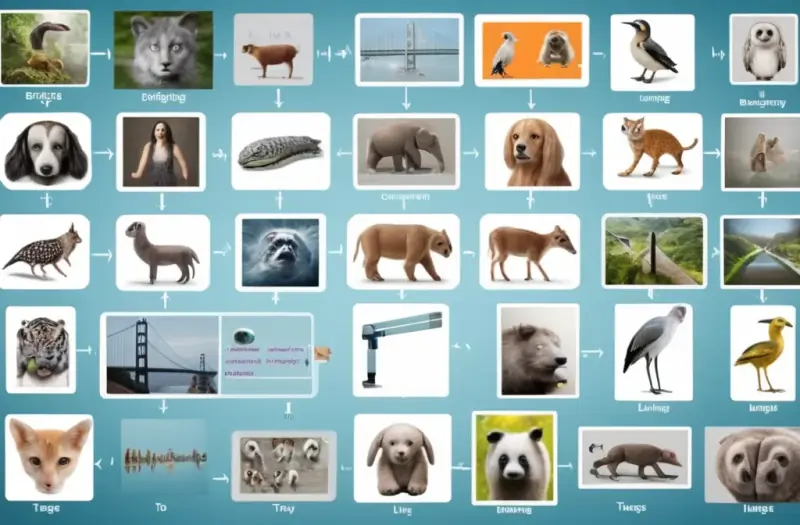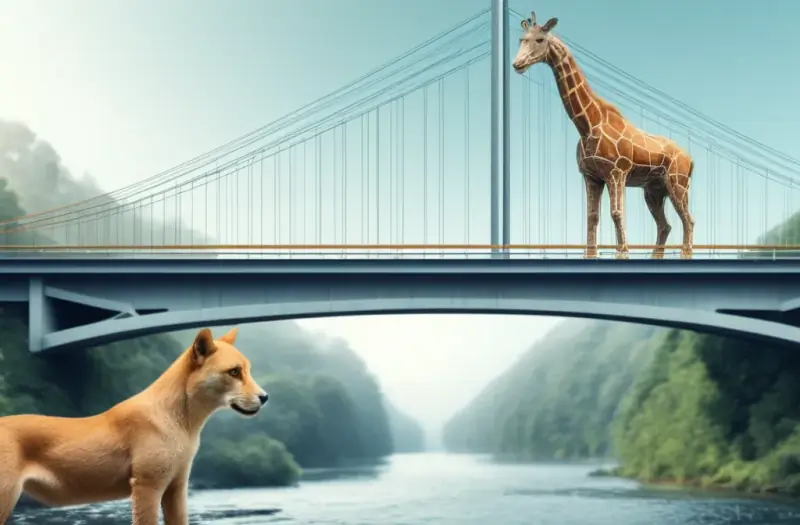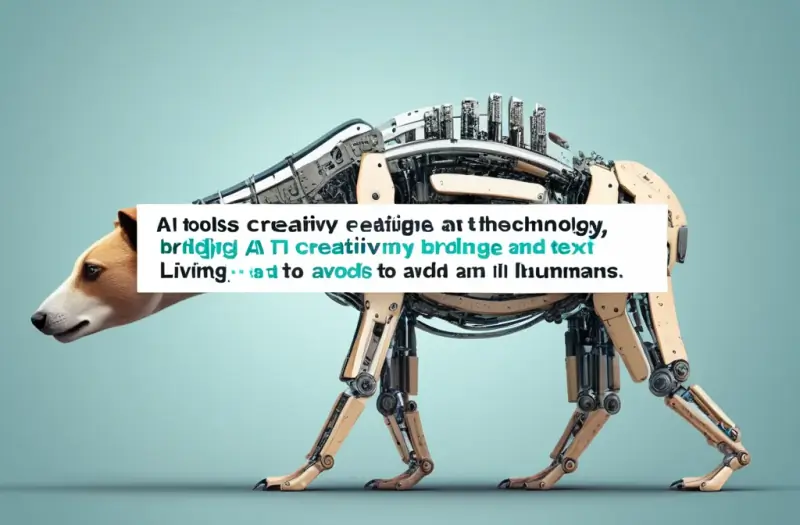AI Text-to-Image Tools: Creativity Meets Tech

Table of Contents
In the ever-evolving landscape of artificial intelligence, AI tools for text-to-image synthesis are paving the way for a new era of creativity and technological innovation. As we explore the intersection of these fields, it becomes evident that the power of AI-driven image generation tools is transforming how we approach visual content creation. In this article, we will delve into the fascinating world of text-to-image synthesis, examining how these tools are bridging the gap between creative expression and technological advancement.
The Rise of AI-Driven Image Generation Tools

AI-driven image generation tools have revolutionized the creative process, offering unprecedented capabilities for artists, designers, and content creators. These tools harness the power of generative text-to-image technology to transform textual descriptions into stunning visuals. By leveraging advanced algorithms and deep learning models, AI image creation software can produce images that range from realistic to fantastical, all based on a simple text input.
One of the most significant advancements in this field is the development of AI-powered image generation platforms. These platforms use machine learning for image creation to interpret and visualize textual descriptions with remarkable accuracy. Whether it’s creating a futuristic landscape or a whimsical character, these tools provide a level of flexibility and creativity that was previously unattainable.
The ability to generate images from text opens up new possibilities for creative expression. Artists can now experiment with ideas and concepts that were once constrained by their artistic skills or technical limitations. This democratization of art allows for a more diverse range of visual content, driven by the imagination of the user rather than their technical proficiency.
Exploring Text-to-Image Synthesis
Text-to-image synthesis, also known as text-based visual creation, is a process where textual descriptions are transformed into images through the use of sophisticated algorithms. This technology combines natural language processing with image synthesis, enabling machines to understand and visualize complex textual inputs.
How Text-to-Image Synthesis Works
At the core of text-to-image synthesis is the artificial intelligence image synthesis model. These models are trained on vast datasets of images and corresponding textual descriptions, allowing them to learn the relationships between text and visual elements. When given a new text input, the model generates an image that aligns with the description.
Machine learning for image creation involves several steps, including preprocessing text inputs, generating initial image drafts, and refining these drafts through iterative processes. The result is a high-quality image that closely matches the provided description. This process not only showcases the capabilities of AI but also highlights the potential for future advancements in image synthesis.
Applications of Text-to-Image Technology
The applications of text-to-visual technology are vast and varied. From marketing and advertising to entertainment and education, AI art tools are making a significant impact across different industries. Here are a few examples:
Marketing and Advertising: Companies can use AI-driven image generation tools to create compelling visuals for their campaigns. By simply providing a text description of their product or service, marketers can generate high-quality images that capture the essence of their brand.
Entertainment and Media: In the entertainment industry, text-to-image synthesis is used to create concept art, storyboards, and promotional materials. This technology allows creators to visualize their ideas quickly and efficiently.
Education and Training: Educational institutions and training programs can use AI image creation software to develop visual aids and interactive content. This enhances the learning experience by providing students with engaging and informative visuals.
Creative AI Applications and Tools

The realm of creative AI applications is expanding rapidly, with numerous tools and platforms emerging to meet the growing demand for innovative image generation. Some of the most notable image synthesis platforms include:
1. DALL·E
Developed by OpenAI, DALL·E is a groundbreaking tool that generates images from textual descriptions. It uses a variant of the GPT-3 model to understand and visualize text, producing highly detailed and imaginative images.
2. Midjourney
Midjourney is an AI tool known for its ability to create abstract and surreal images from text prompts. It is popular among artists and designers for its unique and artistic visual style.
3. Artbreeder
Artbreeder allows users to blend and manipulate images using AI. By providing text-based prompts, users can guide the AI in creating new and visually striking images that combine elements from different sources.
FAQs
What is text-to-image synthesis?
Text-to-image synthesis is a technology that converts textual descriptions into images using AI algorithms and deep learning models. It combines natural language processing with image generation to create visuals based on text inputs.
How does AI-driven image generation work?
AI-driven image generation works by training models on large datasets of images and text. These models learn the relationships between textual descriptions and visual elements, allowing them to generate images that match the provided text.
What are some popular AI tools for text-to-image creation?
Some popular AI tools for text-to-image creation include DALL·E, Midjourney, and Artbreeder. These tools offer various features and capabilities for generating images from text.
How can text-to-image technology be used in marketing?
In marketing, text-to-image technology can be used to create visually appealing content for campaigns. Marketers can generate images that align with their brand’s message and attract their target audience.
What are the benefits of using AI image creation software?
AI image creation software offers several benefits, including the ability to quickly generate high-quality images, explore creative ideas without technical constraints, and streamline the visual content creation process.
Conclusion
AI tools for text-to-image synthesis are bridging the gap between creativity and technology in remarkable ways. By leveraging AI-driven image generation tools and text-to-visual technology, we are witnessing a new era of creative possibilities. These tools not only enhance our ability to visualize concepts but also democratize the creative process, allowing individuals and businesses to produce stunning visuals with ease.
As we continue to explore the potential of generative text-to-image technology, it’s clear that the future of visual content creation is bright. With ongoing advancements in machine learning for image creation and creative AI applications, we can expect even more innovative solutions that push the boundaries of creativity and technology.
Key Takeaways
- AI tools for text-to-image synthesis are transforming creative expression by turning textual descriptions into images.
- AI-driven image generation tools and text-based visual creation offer flexibility and creativity for various industries.
- Text-to-image synthesis involves advanced algorithms and deep learning models that learn from large datasets.
- Applications range from marketing and advertising to entertainment and education, showcasing the versatility of AI art tools.
- Popular tools like DALL·E, Midjourney, and Artbreeder are leading the way in AI-powered image generation.
By embracing these innovative tools and technologies, we can continue to push the boundaries of what’s possible in the world of visual content creation.
ADS SPACE HERE